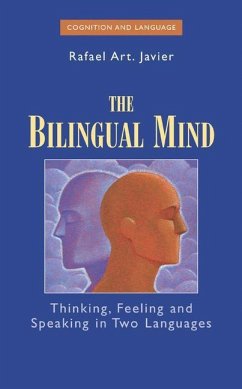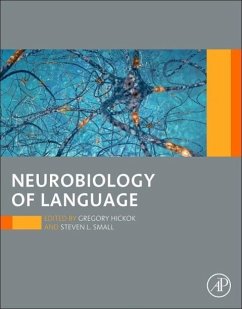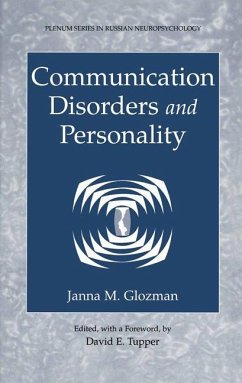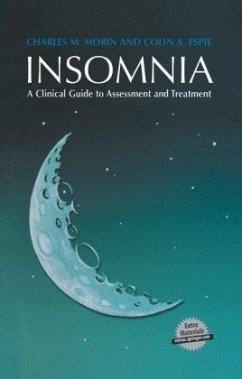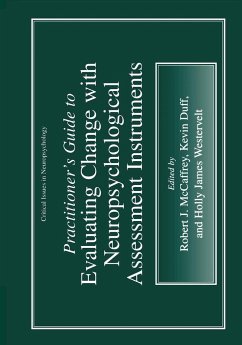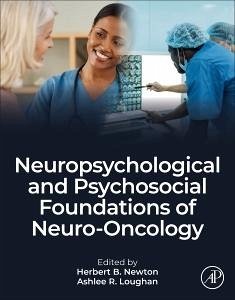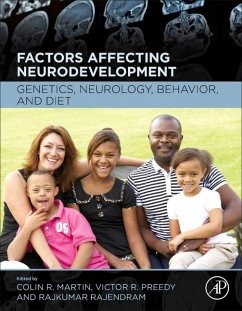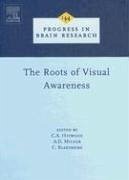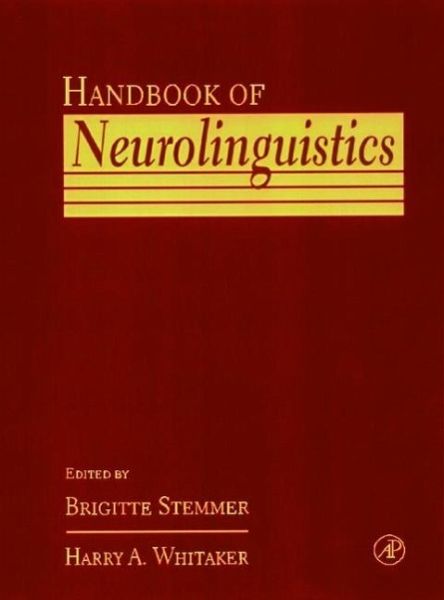
Handbook of Neurolinguistics
Versandkostenfrei!
Versandfertig in über 4 Wochen
210,99 €
inkl. MwSt.

PAYBACK Punkte
105 °P sammeln!
The Handbook of Neurolinguistics is a state-of-the-art reference and resource book; it describes current research and theory in the many subfields of neurolinguistics and its clinical application. Thorough and clearly written, the handbook provides an excellent overview of the field of neurolinguistics and its development. The book is organized into five parts covering the history of neurolinguistics, methods in clinical and experimental neurolinguistics, experimental neurolinguistics, clinical neurolinguistics, and resources in neurolinguistics. The first four parts contain a wide range of to...
The Handbook of Neurolinguistics is a state-of-the-art reference and resource book; it describes current research and theory in the many subfields of neurolinguistics and its clinical application. Thorough and clearly written, the handbook provides an excellent overview of the field of neurolinguistics and its development. The book is organized into five parts covering the history of neurolinguistics, methods in clinical and experimental neurolinguistics, experimental neurolinguistics, clinical neurolinguistics, and resources in neurolinguistics. The first four parts contain a wide range of topics which discuss all important aspects of the many subfields of neurolinguistics. Also included are the relatively new and fast developing areas of research in discourse, pragmatics, and recent neuroimaging techniques. The resources section provides currently available resources, both traditional and modern. The handbook is useful to the newcomer to the field, as well as the expert searching for the latest developments in neurolinguistics.



